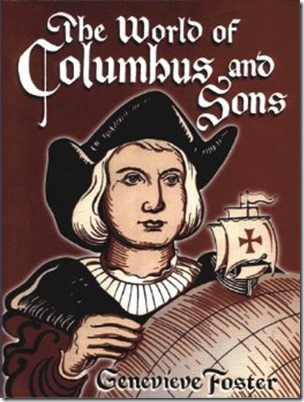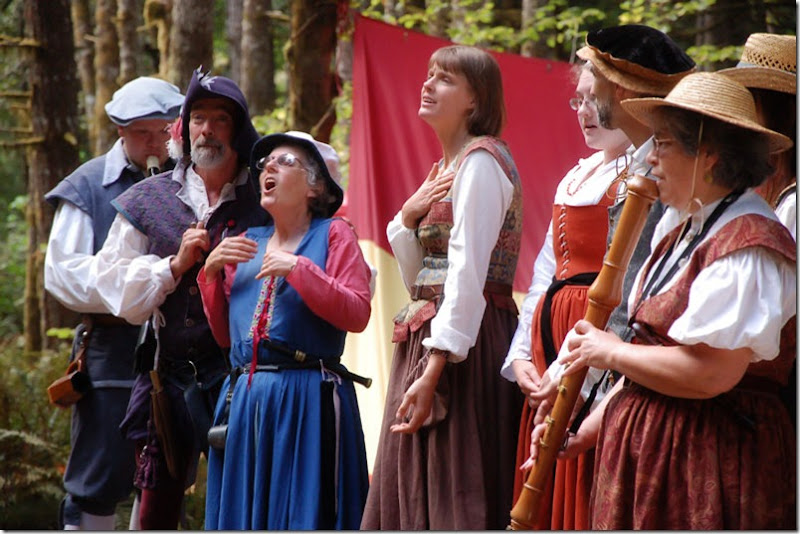A friend of mine asked if I would write a post about integrating the Classical Conversations history memory work and The Story of the World. As I struggled with this issue before joining Classical Conversations, I decided that I would share my thoughts on the subject in the hopes that they would be helpful to someone else!

Classical Conversations Foundations students memorize 24 weekly history sentences each year in a three-year history cycle. These sentences are only roughly chronological. Cycle 1 history sentences cover very general world history (historical empires, peoples, and countries), ancient through modern. Cycle 2 history sentences cover world history from medieval to modern. Cycle 3 history sentences cover U.S. history from Columbus to current events. Students also memorize a world history timeline (ancients to modern) in its entirety every year.
Many Foundations parents choose to add in some form of history studies at home in addition to the CC memory work.
The Story of the World is a chronological history narrative for children, written in four volumes to correspond with a four-year history cycle.
So, the question is, “How do we flesh out the history memory work with a fuller context for our students? And how do we get all that to work within our history schedule?”
Option #1
Read the corresponding card from the CC Classical Acts and Facts History Timeline each week. Add in corresponding pages from a history encyclopedia such as The Usborne Encyclopedia of World History or The Kingfisher History Encyclopedia. This is what we did during the first half of our first cycle of CC as I was 9 months pregnant and then had a newborn.

Option #2
Read chapters from The Story of the World that correspond with the history sentences each week. This will involve some skipping about (and fast forwarding), but you could also read straight through each of the SOTW volumes as you would a read-aloud without taking time for additional studies, activities, or crafts. The audio versions of SOTW are handy if you are reading straight through.
(Half-a-Hundred Acre Wood has uh.maze.ing. planners available for free download with corresponding SOTW chapters for each week and so much more.)

Option #3
If you are a love-to-read family, read corresponding picture and chapters books each week. (Half-a-Hundred Acre Wood has an uh.maze.ing. book list to go with Cycle 2. If that list makes your head spin, check out Mandi’s list at Family. Your Way. She’s pared it down to a manageable, quality selection.) This is essentially the approach we took for the second half of our first year with baby on board.
Read corresponding SOTW chapters if that works for you. Or listen to the audio versions in full over the summer.

Option #4
If you love history, are attached to a four-year cycle, want to fill in gaps in the CC memory work, have older children who need (or want) more history, or want to make history more of a spine for literature, memory work, and more—this is the option for you. And it’s pretty much where I’ve landed for our family.
Ignore the CC history cycles for your history studies at home. Memorize the history sentences and timeline during memory work review time. If you must, read the corresponding timeline card during the week. My boys love to memorize the songs (history and timeline), and they don’t care whether they have context right away. Be confident that the history sentences work extraordinarily well as a brief introduction, which will make their ears perk up when you do come to that topic in your history studies (in a month or in a year), or as review.
Progress through history chronologically in a roughly four-year cycle using The Story of the World. Take your time and integrate literature, poetry memory, writing, crafts, fine arts, etc. The book lists in the SOTW Activity Books or The Well-Trained Mind are helpful. Or you can check out our list here.
I’ve found that my boys are much more likely to listen to, enjoy, and retain a chapter of The Story of the World if they have previously (even years before—the point is they are memorizing these sentences permanently!!) memorized a corresponding sentence or timeline title. And they always break into song when a word (name, place, event) triggers it. Every time.
If you are leaning towards keeping the CC memory work and your history studies separate but you value cohesiveness (and it’s still stressing you out), this is my suggestion: Build your own timeline.
There are many blank paper timelines on the market, or build your own. CC Foundations students learn the entire world timeline every year. This means that within a single year of study, a student will have complete skeleton of “pegs” for world history, ancient to modern times. Write each timeline title on your timeline as you memorize it. Write each history sentence on your timeline the week it is introduced. Write the people, cultures, and events on your timeline as you come across them in your history studies. Get the kids involved. When you watch a documentary as a family and your child says, “Let’s put that on the timeline,” do it.
An integrated learning atmosphere is never perfectly organized, and you don’t want to turn down something interesting (like a Renaissance Faire) just because it doesn’t fit into your history schedule. With a timeline, everything has its place, and kids have a visual reminder of how everything fits together!

Option #5
I was going to stop there, but this next one might be even better than the first four. Use The Story of the World as your history spine, but condense it into three years rather than four. The best way to accomplish this would be to pick and choose which chapters you want to focus on (with supplemental reading, activities, field trips, etc.) and double (or triple) up the others. Study Ancient History (and into Medieval period a little) during cycle 1, Medieval and Renaissance during cycle 2, and modern history/U.S. History during cycle 3.
It’s okay not to start with the ancients if you are jumping into cycle 2 or 3, but don’t manipulate your studies so that the history sentences line up with your history studies at home. And spend more than 24 weeks studying history.
Here’s why I like this option:
If you begin in first grade (which I would recommend), you can go through the three-year history cycle twice before students hit the Challenge program in 7th grade (even if you start somewhere in the middle, like with the Medieval period). Make the first time through a light introduction with picture books. The second time through can be a deeper study with chapter books added in.
The greatest benefit to option #5 is that the history-based writing in Essentials (4th-6th grades) will correspond nicely with your studies at home as you go through the three-year history cycle a second time.